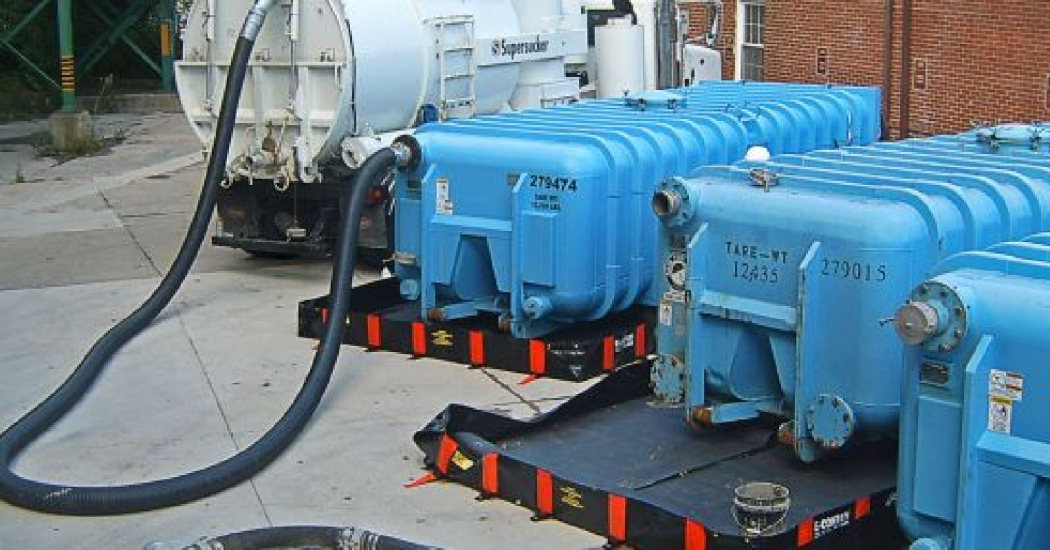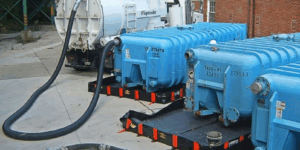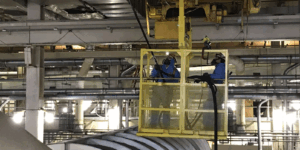Industrial facilities produce significant amounts of wastewater and by-products during daily operations. One of the most critical maintenance tasks in these facilities is sludge pumping. Understanding what is industrial sludge pumping and its importance can help facility managers maintain operational efficiency, ensure environmental compliance, and protect the health and safety of employees.
Sludge pumping is often overlooked until operational issues arise, but proactive management ensures smoother processes, reduced downtime, and compliance with environmental regulations.
Understanding Industrial Sludge
What is Industrial Sludge?
Industrial sludge is a semi-solid by-product formed during various industrial processes. It is a combination of water, organic matter, chemicals, and other suspended solids. The composition varies depending on the type of facility, production methods, and materials used. Sludge can be thick, viscous, and sometimes toxic, which makes proper handling and disposal a necessity.
Common Sources of Sludge in Facilities
Industrial sludge can be generated from multiple areas:
- Wastewater Treatment Plants: Biological treatment processes produce sludge as a natural by-product.
- Food and Beverage Industry: Residuals from processing, cleaning, and washing accumulate as organic sludge.
- Chemical and Pharmaceutical Plants: By-products of chemical reactions or leftover compounds form sludge.
- Manufacturing Plants: Processes like cooling, plating, or textile treatments produce sludge containing solids or chemical residues.
Identifying sludge sources is essential to create an effective sludge management program.
What is Industrial Sludge Pumping?
Definition and Process Overview
Industrial sludge pumping is the process of transferring sludge from accumulation points to treatment, storage, or disposal areas using specialized equipment. Unlike regular water pumping, sludge pumping handles thick, viscous, and often abrasive materials.
The sludge pumping process generally involves:
- Collection: Sludge is gathered from sumps, holding tanks, or basins.
- Pumping: Specialized pumps move the sludge through pipes to treatment or disposal points.
- Treatment or Disposal: Depending on regulations, sludge is treated, dewatered, or disposed of safely.
Proper sludge pumping minimizes blockages, protects equipment, and ensures compliance with environmental standards.
Key Equipment Used in Sludge Pumping
Choosing the right equipment is critical for safe and efficient sludge pumping. Commonly used equipment includes:
Equipment | Purpose |
Centrifugal Pumps | High-volume, low-viscosity sludge transfer |
Positive Displacement Pumps | Handles highly viscous sludge efficiently |
Submersible Pumps | Ideal for pumping sludge from tanks or sumps |
Diaphragm Pumps | Suitable for abrasive or chemically active sludge |
Slurry Pumps | Designed to transport solids-laden sludge |
The selection depends on sludge characteristics, volume, and facility-specific requirements.
Why is Sludge Removal Important?
Sludge removal is not just routine maintenance—it is critical for facility performance, safety, and compliance.
Health and Safety Concerns
Accumulated sludge can pose significant health risks. It may harbor bacteria, pathogens, or hazardous chemicals. Poor sludge management can lead to:
- Foul odors affecting workplace conditions
- Slips and falls due to wet or slippery surfaces
- Direct exposure to toxic or infectious substances
Regular sludge pumping mitigates these risks and ensures a safer working environment.
Environmental Compliance and Regulations
Industrial facilities are required to adhere to environmental regulations. Improper sludge disposal can lead to:
- Soil contamination
- Water pollution
- Regulatory fines and legal complications
Routine sludge pumping ensures compliance with these standards and prevents environmental damage.
Operational Efficiency Benefits
Excess sludge can hinder operational efficiency by:
- Reducing storage capacity
- Clogging pipes and pumps
- Increasing wear on machinery
By implementing an effective sludge pumping routine, facilities can improve equipment longevity, reduce downtime, and optimize production processes.
For professional sludge management services, visit our services page.
Types of Facilities That Need Sludge Pumping
Various industrial sectors rely on sludge pumping to maintain operations and regulatory compliance.
Wastewater Treatment Plants
Wastewater treatment plants continuously generate sludge as a by-product of biological and filtration processes. Effective sludge pumping ensures smooth operation and facilitates dewatering or disposal.
Food and Beverage Processing Units
Food processing facilities produce organic sludge high in moisture content. Timely removal is critical to maintain hygiene standards, prevent contamination, and avoid spoilage.
Chemical and Pharmaceutical Industries
Sludge in chemical or pharmaceutical plants often contains hazardous substances. Specialized pumps and safe handling protocols are essential for environmental and employee safety.
Manufacturing Plants
Industrial manufacturing processes, including metal finishing, textile production, and cooling systems, produce sludge that can impact machinery performance. Regular sludge pumping prevents production interruptions and equipment damage.
The Sludge Pumping Process: Step by Step
To understand the process better, here’s a simplified breakdown:
- Assessment: Determine sludge type, volume, and chemical composition.
- Equipment Selection: Choose appropriate pumps and pipelines.
- Pumping: Use centrifugal, submersible, or positive displacement pumps depending on sludge characteristics.
- Transport: Move sludge to a treatment or storage area.
- Treatment or Disposal: Dewatering, chemical treatment, or safe disposal based on environmental regulations.
Step | Description |
1. Assessment | Analyze sludge composition and volume |
2. Equipment Selection | Choose pumps and accessories suitable for sludge type |
3. Pumping | Transfer sludge safely using specialized pumps |
4. Transport | Move sludge to storage, treatment, or disposal site |
5. Treatment/Disposal | Ensure regulatory compliance through proper disposal |
Conclusion
Sludge pumping is a crucial aspect of industrial facility management. Understanding what is industrial sludge pumping, its processes, and the equipment involved helps facility managers enhance safety, maintain compliance, and optimize operations.
Efficient sludge management protects workers, reduces equipment wear, prevents environmental contamination, and ensures uninterrupted industrial processes.
For professional guidance on sludge pumping and management, explore our services page or contact us for tailored solutions.
Frequently Asked Questions (FAQ)
The frequency depends on the facility type, sludge volume, and regulatory requirements. High-volume facilities may require daily pumping, while others may need weekly or monthly maintenance.
No, sludge contains solids and is often viscous. Specialized sludge or slurry pumps are required to handle the material safely and efficiently.
Sludge is either treated for reuse, dewatered, or transported to approved disposal sites according to environmental regulations.
When done properly, sludge pumping prevents contamination, supports environmental compliance, and reduces ecological risks.
Proper protective equipment, training, and adherence to chemical handling guidelines are essential to protect workers.







